|
Your search criteria found 1432 images Feature Name |
| My List |
Addition Date | Target |
Mission
|
Instrument | Size |

|
1997-01-15 | 1930x2440x3 | |||

|
|||||

|
1999-05-03 | 2000x2445x3 | |||

|
|||||

|
2000-11-06 | 4206x3306x3 | |||
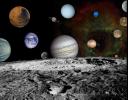
|
|||||

|
2001-03-29 | 4500x5600x3 | |||

|
|||||

|
2004-03-15 | Sedna |
Samuel Oschin Telescope |
640x480x5 | |
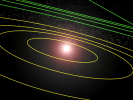
|
|
||||

|
2009-05-28 | VB 10 | 2400x3000x3 | ||

|
|||||

|
2008-08-19 | Solar System | 1806x2035x3 | ||

|
|||||

|
2021-01-22 | 4800x2700x3 | |||
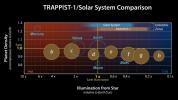
|
|||||

|
2002-06-04 | Mars |
2001 Mars Odyssey |
THEMIS |
1233x2989x1 |
|
|
|||||

|
2004-04-30 | Mars |
2001 Mars Odyssey |
THEMIS |
1320x3090x1 |
|
|
|||||

|
2004-04-30 | Mars |
2001 Mars Odyssey |
THEMIS |
1349x3254x1 |
|
|
|||||

|
2000-02-11 | Masursky |
Cassini-Huygens |
ISS - Narrow Angle |
220x220x1 |
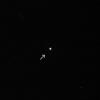
|
|||||

|
2000-11-06 | Jupiter |
Cassini-Huygens |
ISS - Narrow Angle |
889x859x1 |
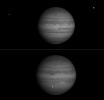
|
|||||

|
2000-12-06 | Jupiter |
Cassini-Huygens |
ISS - Narrow Angle |
559x553x3 |
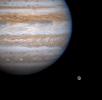
|
|||||

|
2000-12-23 | Jupiter |
Cassini-Huygens |
Imaging Science Subsystem |
747x731x3 |
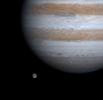
|
|||||

|
2003-07-02 | Saturn |
Cassini-Huygens |
1485x1457x3 | |
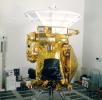
|
|||||

|
2004-06-10 | Titan |
Cassini-Huygens |
ISS - Narrow Angle |
640x640x1 |
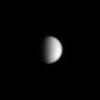
|
|||||

|
2005-09-09 | Rhea |
Cassini-Huygens |
ISS - Narrow Angle |
1024x1024x1 |
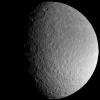
|
|||||

|
2007-05-18 | Titan |
Cassini-Huygens |
ISS - Narrow Angle |
855x855x1 |
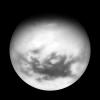
|
|||||

|
2008-12-31 | Titan |
Cassini-Huygens |
ISS - Narrow Angle |
952x952x1 |
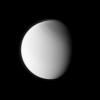
|
|||||

|
2011-12-01 | Enceladus |
Cassini-Huygens |
Synthetic-Aperture Radar (SAR) |
602x572x3 |
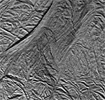
|
|||||

|
2012-08-29 | Titan |
Cassini-Huygens |
ISS - Wide Angle |
1417x1326x3 |
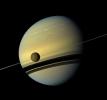
|
|||||

|
2013-03-04 | S Rings |
Cassini-Huygens |
ISS - Wide Angle |
1014x1014x3 |
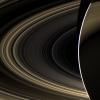
|
|||||

|
2013-03-04 | S Rings |
Cassini-Huygens |
ISS - Wide Angle |
1003x1003x3 |
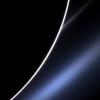
|
|||||

|
2016-04-11 | S Rings |
Cassini-Huygens |
ISS - Narrow Angle |
1020x1020x1 |
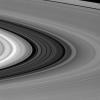
|
|||||

|
2017-08-25 | Neptune |
Cassini-Huygens |
ISS - Narrow Angle |
1024x1024x3 |

|
|||||

|
2018-05-21 | Titan |
Cassini-Huygens |
ISS - Narrow Angle |
1337x1329x1 |
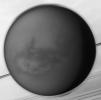
|
|||||

|
2018-08-20 | Tethys |
Cassini-Huygens |
ISS - Narrow Angle |
1015x1014x3 |
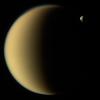
|
|||||

|
2011-09-26 | Mercury |
Clementine MESSENGER Mariner Venus Mercury (Mariner 10) |
1248x624x1 | |

|
|||||

|
2023-08-02 |
Cooperative Autonomous Distributed Robotic Exploration (CADRE) |
8192x4608x3 | ||
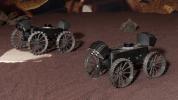
|
|||||

|
2012-01-28 | Mercury |
Dawn MESSENGER |
Framing Camera MDIS - Wide Angle |
1334x1024x1 |
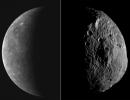
|
|||||

|
1997-11-18 | Ganymede |
Galileo |
Solid-State Imaging |
400x400x1 |
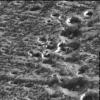
|
|||||

|
1998-05-08 | Io |
Galileo |
Solid-State Imaging |
1927x619x3 |

|
|||||

|
2001-11-29 | Callisto |
Galileo |
Solid-State Imaging |
1280x774x1 |
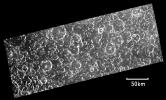
|
|||||

|
1998-09-26 | Titan |
Hubble Space Telescope |
WFPC2 |
600x750x3 |

|
|||||

|
2008-03-27 | HD 189733b |
Hubble Space Telescope |
NICMOS |
4000x3000x3 |
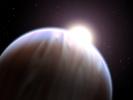
|
|||||

|
2020-01-09 | Jupiter |
Juno |
JunoCam |
1600x400x3 |

|
|||||

|
2022-02-22 | Jupiter |
Juno |
JunoCam |
3012x3012x3 |
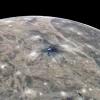
|
|||||

|
2011-09-15 |
Kepler |
3000x2400x3 | ||
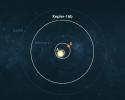
|
|||||

|
2011-12-20 | Kepler-20 |
Kepler |
1280x720x3 | |
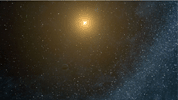
|
|||||

|
2011-12-20 | Kepler-20 |
Kepler |
4264x2400x3 | |
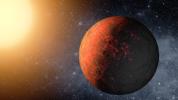
|
|||||

|
2012-05-21 |
Kepler |
1500x1200x3 | ||
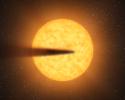
|
|||||

|
2013-02-20 |
Kepler |
1067x600x3 | ||
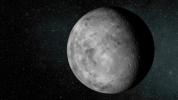
|
|||||

|
2013-02-20 |
Kepler |
3600x1895x3 | ||
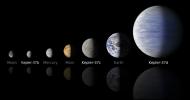
|
|||||

|
2015-07-23 |
Kepler |
3400x2400x3 | ||
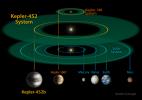
|
|||||

|
2016-06-20 |
Kepler |
4294x2415x3 | ||
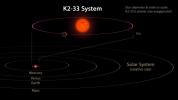
|
|||||

|
2016-07-18 |
Kepler |
1800x1050x3 | ||
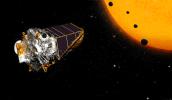
|
|||||

|
2014-07-23 |
Kepler Spitzer Space Telescope |
3300x2400x3 | ||
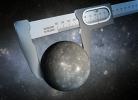
|
|||||

|
2011-03-18 | Moon |
Lunar Reconnaissance Orbiter (LRO) MESSENGER |
Lunar Reconnaissance Orbiter Camera (NAC) MDIS - Wide Angle |
670x670x1 |
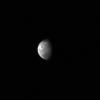
|
|||||

|
2020-06-08 | Venus |
Mariner |
2245x1096x3 | |
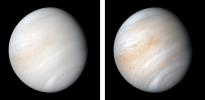
|
|||||

|
2011-06-07 | Mercury |
Mariner 10 MESSENGER |
MDIS - Narrow Angle |
1280x594x1 |
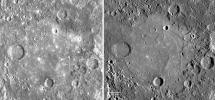
|
|||||

|
2011-06-07 | Mercury |
Mariner 10 MESSENGER |
MDIS - Narrow Angle |
1280x548x1 |
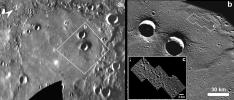
|
|||||

|
1996-09-19 | Mercury |
Mariner Venus Mercury (Mariner 10) |
9999x4000x1 | |
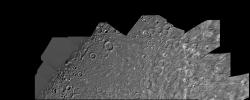
|
|||||

|
1996-09-23 | Mercury |
Mariner Venus Mercury (Mariner 10) |
9999x4000x1 | |
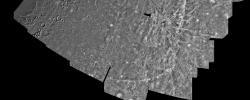
|
|||||

|
1996-09-23 | Mercury |
Mariner Venus Mercury (Mariner 10) |
7200x5000x1 | |
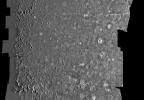
|
|||||

|
1999-06-12 | Mercury |
Mariner Venus Mercury (Mariner 10) |
2599x4878x1 | |

|
|||||

|
2000-01-19 | Mercury |
Mariner Venus Mercury (Mariner 10) |
7200x5000x1 | |
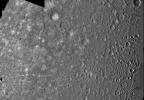
|
|||||

|
2000-01-26 | Mercury |
Mariner Venus Mercury (Mariner 10) |
7200x5000x1 | |
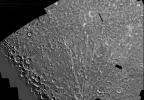
|
|||||

|
2000-02-10 | Mercury |
Mariner Venus Mercury (Mariner 10) |
5990x4162x1 | |
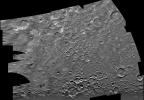
|
|||||

|
2000-04-01 | Mercury |
Mariner Venus Mercury (Mariner 10) |
7200x5000x1 | |
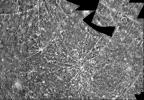
|
|||||

|
1999-10-07 | Mercury |
Mariner Venus Mercury (Mariner 10) |
356x311x1 | |
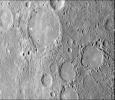
|
|||||

|
1999-10-08 | Mercury |
Mariner Venus Mercury (Mariner 10) |
356x311x1 | |
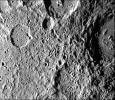
|
|||||

|
1999-10-08 | Mercury |
Mariner Venus Mercury (Mariner 10) |
356x311x1 | |
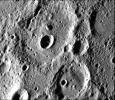
|
|||||

|
1999-10-08 | Mercury |
Mariner Venus Mercury (Mariner 10) |
356x311x1 | |
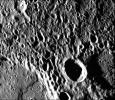
|
|||||

|
1999-10-08 | Mercury |
Mariner Venus Mercury (Mariner 10) |
356x311x1 | |
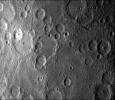
|
|||||

|
1999-10-08 | Mercury |
Mariner Venus Mercury (Mariner 10) |
356x311x1 | |
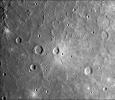
|
|||||

|
1999-10-07 | Mercury |
Mariner Venus Mercury (Mariner 10) |
300x352x1 | |

|
|||||

|
1999-10-08 | Mercury |
Mariner Venus Mercury (Mariner 10) |
348x302x1 | |
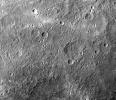
|
|||||

|
1999-10-08 | Mercury |
Mariner Venus Mercury (Mariner 10) |
335x250x1 | |
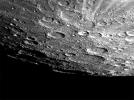
|
|||||

|
1999-10-07 | Mercury |
Mariner Venus Mercury (Mariner 10) |
208x655x1 | |
|
|
|||||

|
1999-10-08 | Mercury |
Mariner Venus Mercury (Mariner 10) |
220x700x1 | |
|
|
|||||

|
1999-10-07 | Mercury |
Mariner Venus Mercury (Mariner 10) |
775x1023x1 | |

|
|||||

|
2000-01-14 | Mercury |
Mariner Venus Mercury (Mariner 10) |
356x311x1 | |
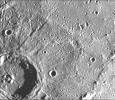
|
|||||

|
2000-01-14 | Mercury |
Mariner Venus Mercury (Mariner 10) |
356x311x1 | |
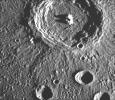
|
|||||

|
2000-01-15 | Mercury |
Mariner Venus Mercury (Mariner 10) |
356x311x1 | |
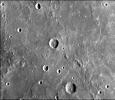
|
|||||

|
2000-01-15 | Mercury |
Mariner Venus Mercury (Mariner 10) |
356x311x1 | |
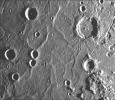
|
|||||

|
2000-01-14 | Mercury |
Mariner Venus Mercury (Mariner 10) |
356x311x1 | |
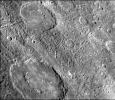
|
|||||

|
2000-01-15 | Mercury |
Mariner Venus Mercury (Mariner 10) |
356x311x1 | |
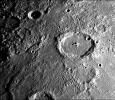
|
|||||

|
2000-01-15 | Mercury |
Mariner Venus Mercury (Mariner 10) |
356x311x1 | |
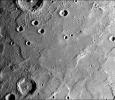
|
|||||

|
2000-01-15 | Mercury |
Mariner Venus Mercury (Mariner 10) |
356x311x1 | |
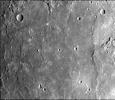
|
|||||

|
2000-01-14 | Mercury |
Mariner Venus Mercury (Mariner 10) |
356x311x1 | |
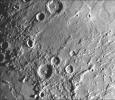
|
|||||

|
2000-01-14 | Mercury |
Mariner Venus Mercury (Mariner 10) |
356x311x1 | |
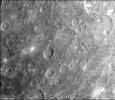
|
|||||

|
2000-01-14 | Mercury |
Mariner Venus Mercury (Mariner 10) |
356x311x1 | |
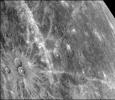
|
|||||

|
2000-01-15 | Mercury |
Mariner Venus Mercury (Mariner 10) |
356x311x1 | |
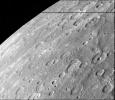
|
|||||

|
2000-01-15 | Mercury |
Mariner Venus Mercury (Mariner 10) |
356x311x1 | |
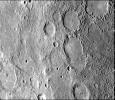
|
|||||

|
2000-01-15 | Mercury |
Mariner Venus Mercury (Mariner 10) |
356x311x1 | |
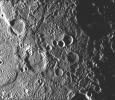
|
|||||

|
2000-01-15 | Mercury |
Mariner Venus Mercury (Mariner 10) |
356x311x1 | |
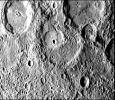
|
|||||

|
2000-01-15 | Mercury |
Mariner Venus Mercury (Mariner 10) |
356x311x1 | |
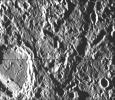
|
|||||

|
1999-12-07 | Mercury |
Mariner Venus Mercury (Mariner 10) |
356x311x1 | |
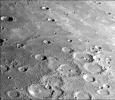
|
|||||

|
1999-12-07 | Mercury |
Mariner Venus Mercury (Mariner 10) |
1780x2414x1 | |

|
|||||

|
1999-12-07 | Mercury |
Mariner Venus Mercury (Mariner 10) |
213x275x3 | |

|
|||||

|
1999-12-21 | Earth |
Mariner Venus Mercury (Mariner 10) |
922x749x3 | |
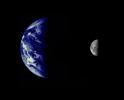
|
|||||

|
1999-12-21 | Moon |
Mariner Venus Mercury (Mariner 10) |
900x900x1 | |
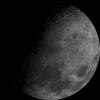
|
|||||

|
2000-01-18 | Mercury |
Mariner Venus Mercury (Mariner 10) |
356x311x1 | |
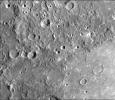
|
|||||

|
2000-01-18 | Mercury |
Mariner Venus Mercury (Mariner 10) |
356x311x1 | |
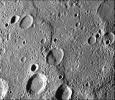
|
|||||

|
2000-01-18 | Mercury |
Mariner Venus Mercury (Mariner 10) |
356x311x1 | |
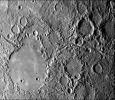
|
|||||

|
2000-01-18 | Mercury |
Mariner Venus Mercury (Mariner 10) |
450x300x1 | |
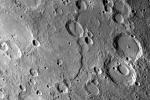
|
|||||

|
2000-01-18 | Mercury |
Mariner Venus Mercury (Mariner 10) |
356x311x1 | |
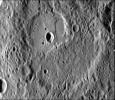
|
|||||

|
2000-08-05 | Mercury |
Mariner Venus Mercury (Mariner 10) |
356x311x1 | |
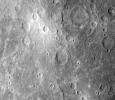
|
|||||

|
2000-08-05 | Mercury |
Mariner Venus Mercury (Mariner 10) |
356x311x1 | |
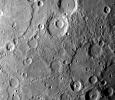
|
|||||
 |
 |
 |
 |
 |
 |
 |
 |
 |
 |

|
|
| 1-100 | 101-200 | 201-300 | 301-400 | 401-500 | 501-600 | 601-700 | 701-800 | 801-900 | 901-1000 |
| Currently displaying images: 1 - 100 of 1432 |